"Plant cultivation" Tulipa gesneriana bulb and perennial flower cultivation manual

Tulipa gesneriana belongs to the genus Tulip in the Liliaceae family. It is an important spring bulbous flower. Its strong and upright flower stems emerge from the beautiful and elegant leaves, and are topped with lotus-like flowers with rich colors and beautiful and dignified beauty.
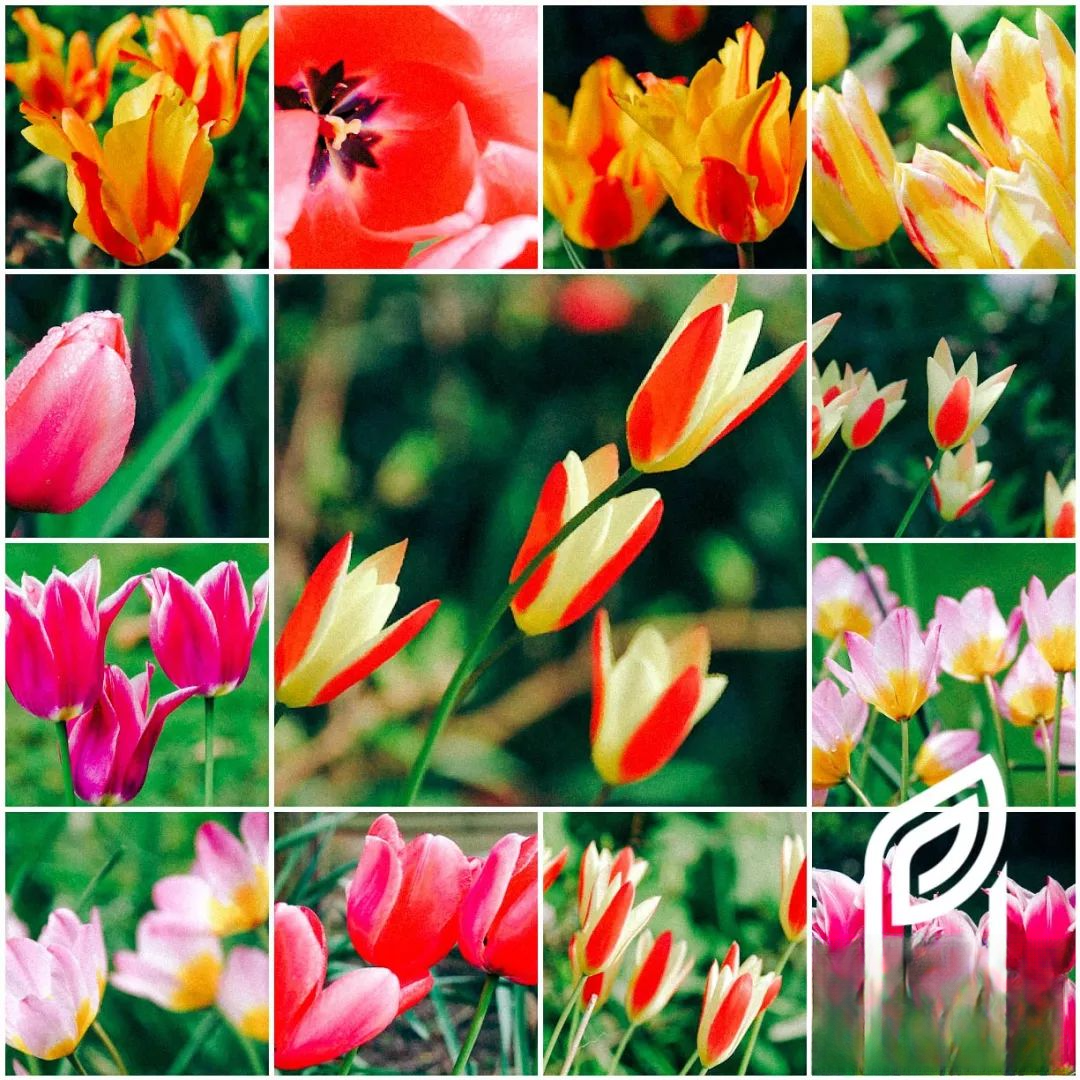
Species knowledge:
Tulip is a perennial herb. The bulb is oblate-conical, with smooth stems and leaves, an upright flower stem, and a single flower on the top. There are cup-shaped, bowl-shaped, ball-shaped, and lily-shaped flowers. The flower colors are red, orange, yellow, purple, black, white, and complex colors. There are also double flowers similar to peony flowers. The flowering period is from March to April. It blooms during the day and closes in the evening or on rainy days. Common cultivated varieties include Monte Carlo with yellow flowers, Snow Star with white flowers, Christmas Marrel with red flowers, Don Quichotte with pink flowers, and Queen of Night with black flowers.
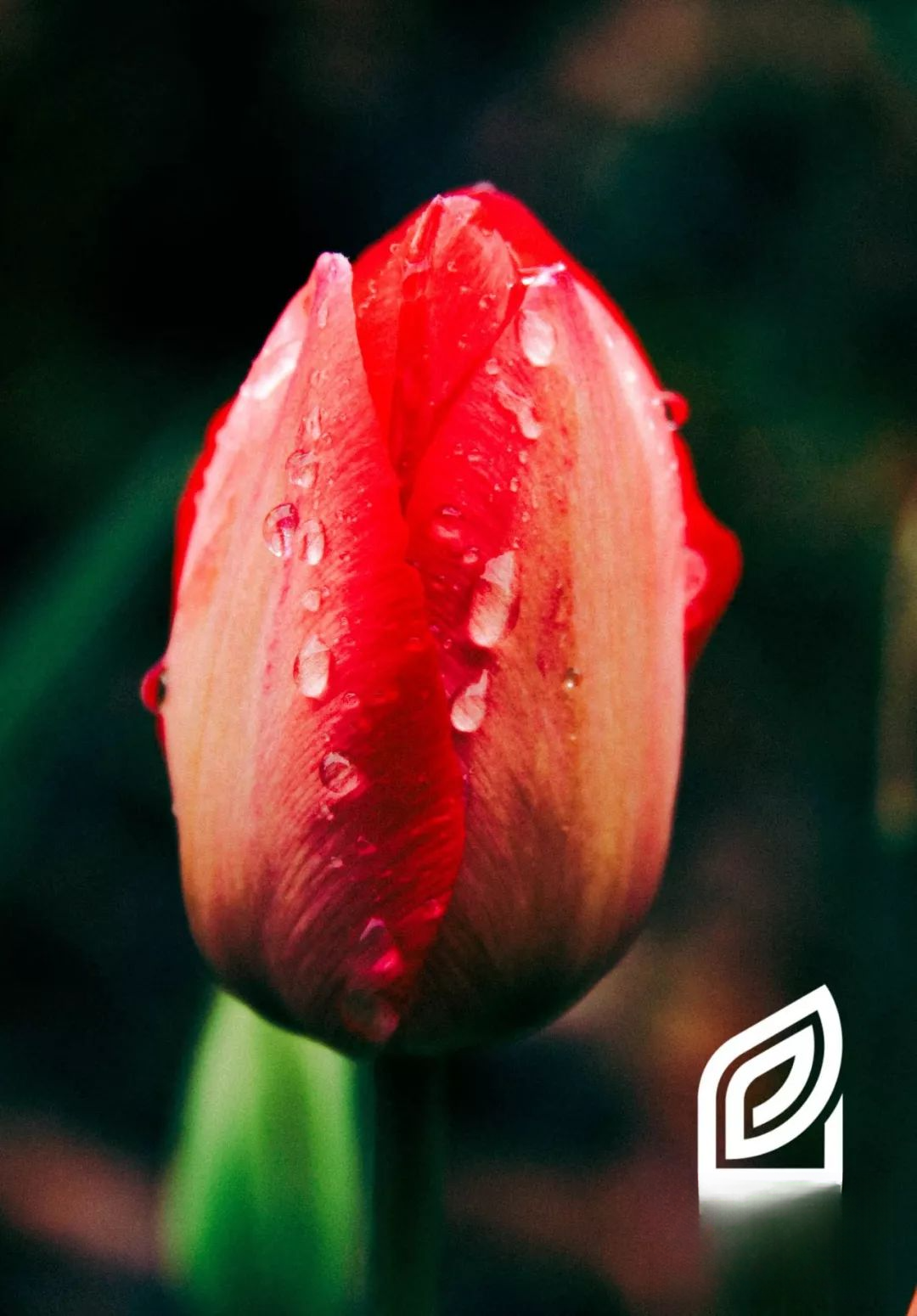 Plant characteristics:
Plant characteristics:
Tulips are native to the high mountains of Iran and Turkey. This is why tulips are adapted to cold and wet winters and hot and dry summers. They are dormant in summer, take root in autumn and winter, and sprout new buds. Tulips prefer warm and humid environments, and cool and slightly dry environments in summer. They prefer sandy loam that is rich in humus and well-drained. The optimum temperature for flower bud differentiation of bulbs is 17-20°C.
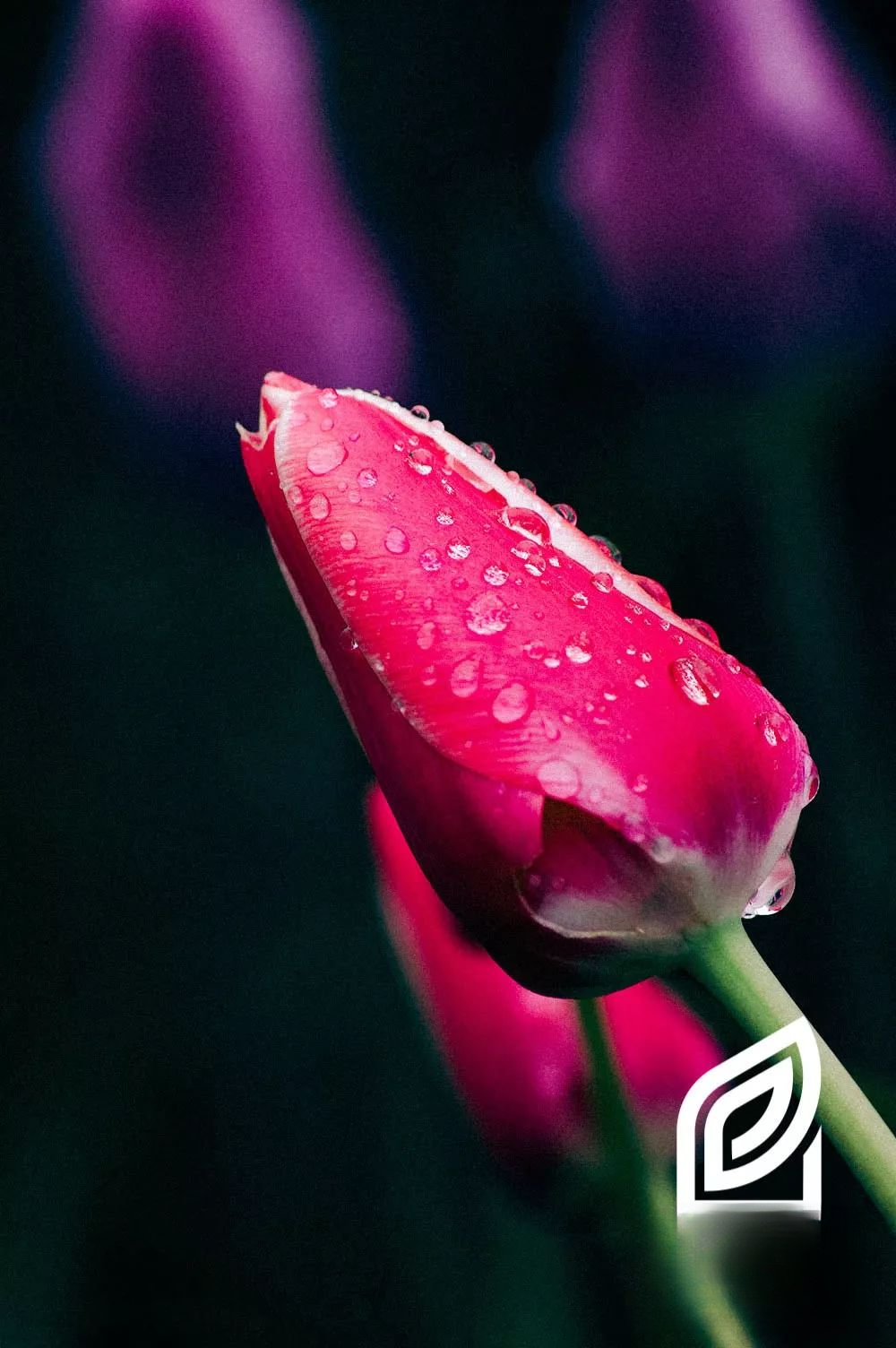
Reproduction:
Tulips are often propagated by bulb division. In early June, dormant bulbs are dug up and stored according to size. They are planted in late November. Bulbs with a circumference of 11 to 12 cm will bloom the following spring, and smaller bulbs need to be cultivated for 1 to 2 years before blooming. For seed propagation, the germination temperature is 5"C, which is low temperature. Germination is delayed above 10 C, and it will not germinate above 25 C. It will germinate 40 to 45 days after sowing. Seedlings will bloom after 4 to 5 years of cultivation. In recent years, subbulbs, pedicels, heart leaves and immature flower stems have been used for tissue culture propagation.
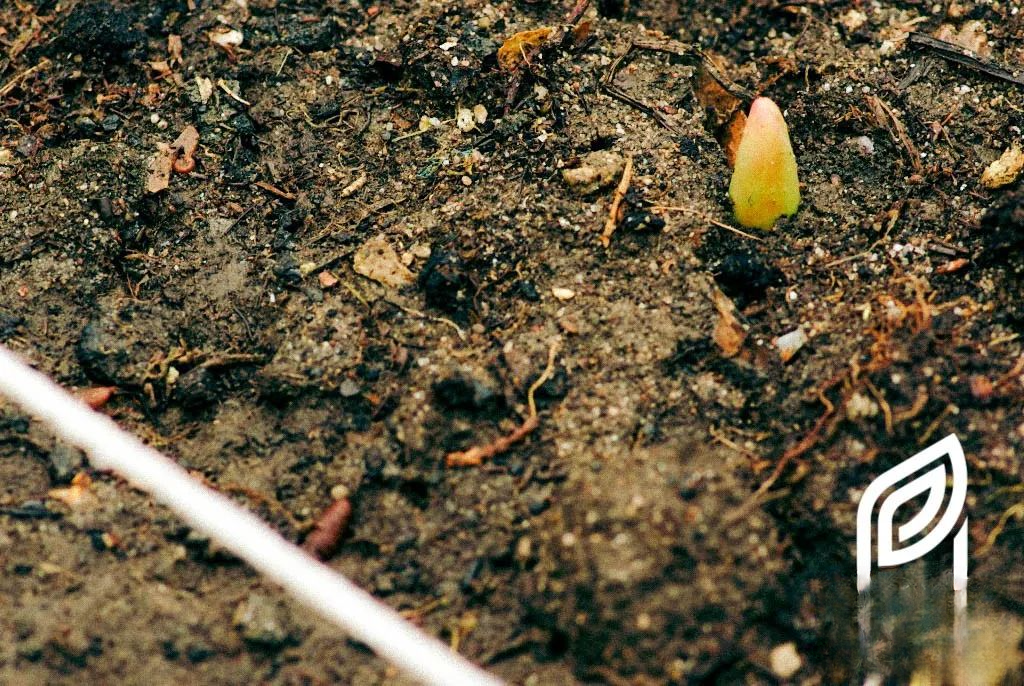
Cultivation:
Tulips are usually planted in October each year. Before planting, the bulbs need to be treated with low temperature. 5℃ or 9℃ treatment is appropriate. They can be planted directly. Generally, a flower pot with a diameter of 10-20cm is selected. The basin is covered with rubble, ceramsite, etc. as a drainage layer, and then fertile and well-drained soil is added. It should be noted here that the soil should be new soil, and the old soil that has been planted is not edible to prevent infection by pests and diseases. Plant 1-2 bulbs in a 10-15cm diameter flower pot, and plant 3-5 bulbs in each 18-20cm flower pot. When planting, the top of the bulb should be flush with the surface of the soil. After planting, put it in a cool place for observation for about 3-5 days, then water it thoroughly and put it outdoors for maintenance. From December to February of the following year, the flower pot should be covered with plastic film and placed in a ventilated and sunny place outdoors. The root system can grow at 5℃. Water the pot soil thoroughly, and do not water it unless it is dry.
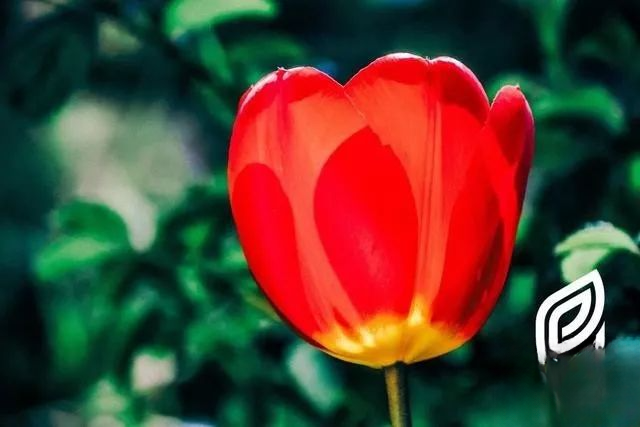
Pay attention to "Plant Cultivation", "The joy of planting is right beside you", place a few pots of colorful flowers or green foliage plants on the balcony or in the living room, or plant a few trees in the courtyard, so that the monotonous buildings add some life and make people feel comfortable. As long as you use your ingenuity and integrate the efforts of your family, you can create an ideal home that can satisfy you in terms of vision and emotion, allowing your family to wander in the green and colorful natural environment.